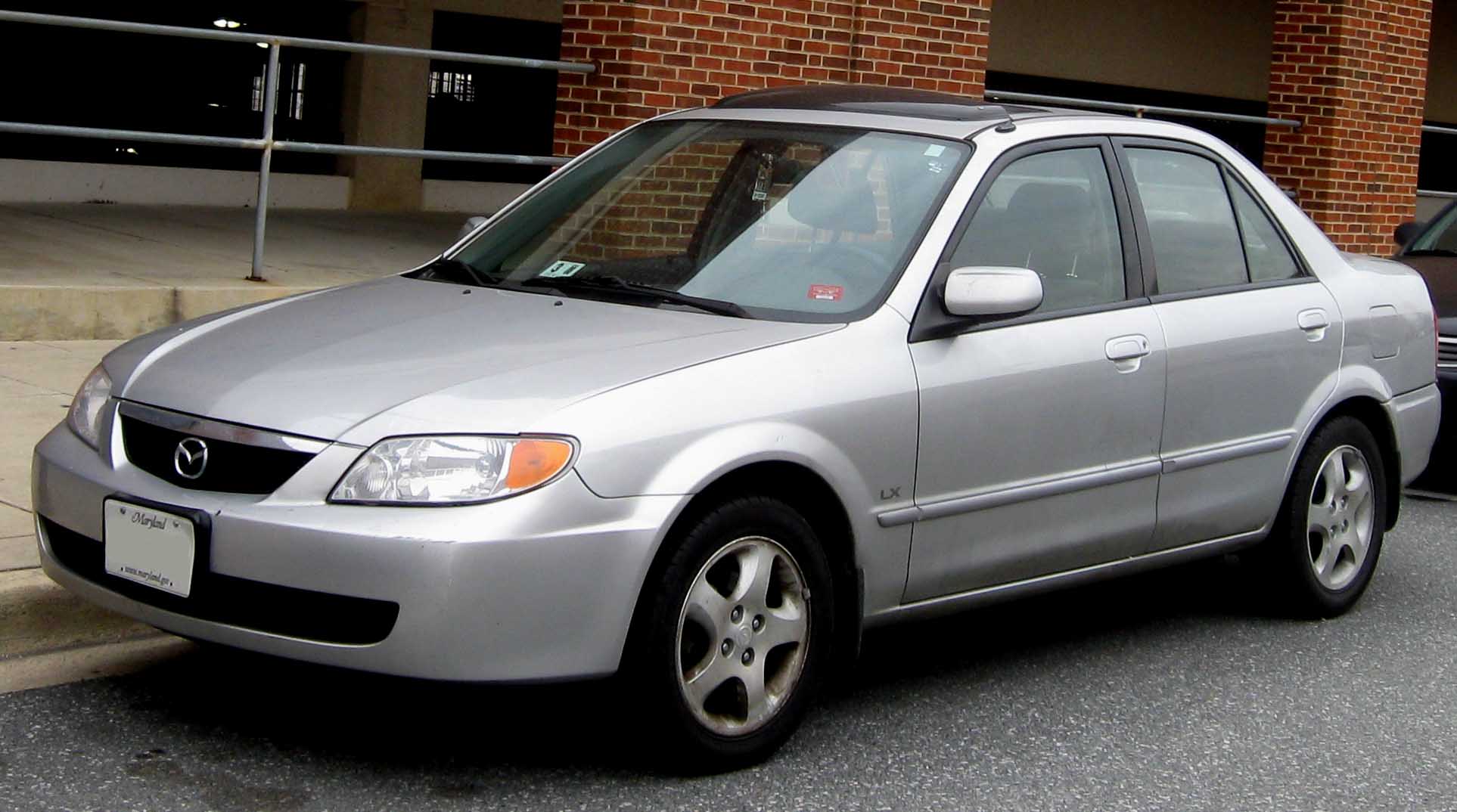

Regarding performance: Having owned a 1991 Protegé LXi, I thought I knew what to expect. I did a southwest desert tour with four adults and luggage and it was perfect for the task. Removing the rack quiets the wind and improves both the roofline and gas mileage (from 24-26 mpg to 26-28 mpg). I have a few small nits to pick: The cargo net has fallen apart and the roof rack makes an unacceptable amount of wind noise. TODD BALLOU, Pekin, Ill.īUILD QUALITY IS EXCELLENT, WITH NO major defects to report. I could have spent another $5,000 on a faster car, but the looks, sporty feel and bargain price remind me that it's a fantastic package. In almost a year of driving, I've made zero trips to the dealer for problems. But it does get very good fuel economy and the roof rack is easy to remove and replace. Complaints? I wish it had about 30 (60?) more horsepower, the roof rack howls like a coyote at highway speeds and the shifter feels a bit rubbery. Its great looks, useful hatch and first-rate fit-and-finish prove this was the right choice as a daily driver. It handles extremely well, stops on a dime and fits in just about any parking space. MARK WIDRICK, New Market, Md.ĪFTER OWNING THREE OTHER MAZDAS,including second- and third-generation RX-7s, the Protegé5 was a shoo-in. While the engine is a bit anemic, the suspension is 100 percent Mazda, inspiring the same kind of spirited driving I enjoy in my 1999 Miata. I was looking for a fun hatchback, but needed a car with four doors and a low price. THE PROTEGÉ5 REPLACES MY PREVIOUS OTM (other than Miata) vehicle, a 1990 Civic Si. But every single one praised the car's handling ability.On the whole, most owners liked the Mazda Protegé5 best for the value it represented, from a performance/styling/price standpoint.Īs one owner summed up, "Overall, a nicely styled, competent car with good handling at a fair price." We couldn't have said it better. "I find the fit-and-finish to be of high quality with no rattles or squeaks after almost a year of driving," said one owner, while others simply commented on the car's comfortable, nicely styled layout and the feel of the materials used inside.Ī few owners did complain about the engine's noise on cold starts, and many wished for up to 50 more horses. "I get compliments from everyone," said one owner, while another elaborated, saying, "By the simple addition of a hatch, body panels and some fancy wheels, Mazda has managed to build some character into the Protegé."īeyond looks, these owners also appreciated the car's build and material quality. Owners, even those without ABS-equipped cars, expressed a great deal of pleasure in how well the brakes work.įuel delivery: Multipoint electronic fuel injectionīut most owners did seem to like the car best for its looks. Similarly, the Protegé5 felt very controllable on the skidpad, with only a bit of understeer.Its four-wheel discs and optional antilock brakes worked wonders in the stopping department, pulling the little hatchback to a standstill from 60 mph in 125 straight and drama-free feet. Its slalom speed of 45.5 mph made it a tick slower than the Nissan Sentra SE-R Spec V, at 46.0 mph, and measurably quicker than the Mitsubishi Lancer OZ, at 44.3 mph. Its handling is very forgiving and allowed us to flatfoot it through the 490-foot course. Through the slalom the car's steering felt nice and quick, and lacked the dartiness that plagues other lower-priced Japanese cars we've driven lately.

The Protegé5 performed much better with a few turns thrown in.

Not great numbers by any stretch, but given its fairly hefty 2716-pound curb weight, they're somewhat understandable. At the track the Protegé5's little 130-horsepower 2.0-liter inline four demonstrated its limitations, turning in a less-than-spectacular 9.53-second 0-to-60-mph time, with a best quarter-mile speed of 80.4 mph in 17.11 seconds.


 0 kommentar(er)
0 kommentar(er)
